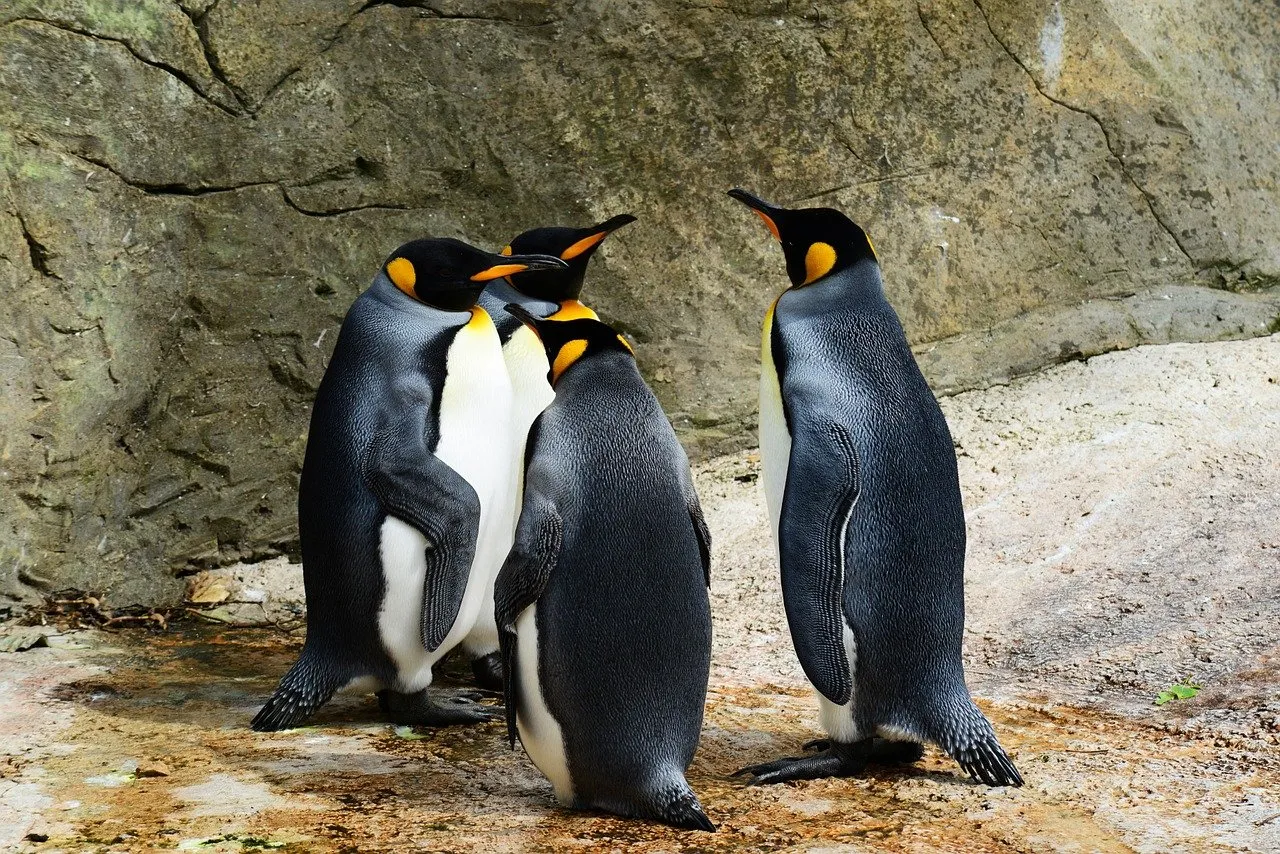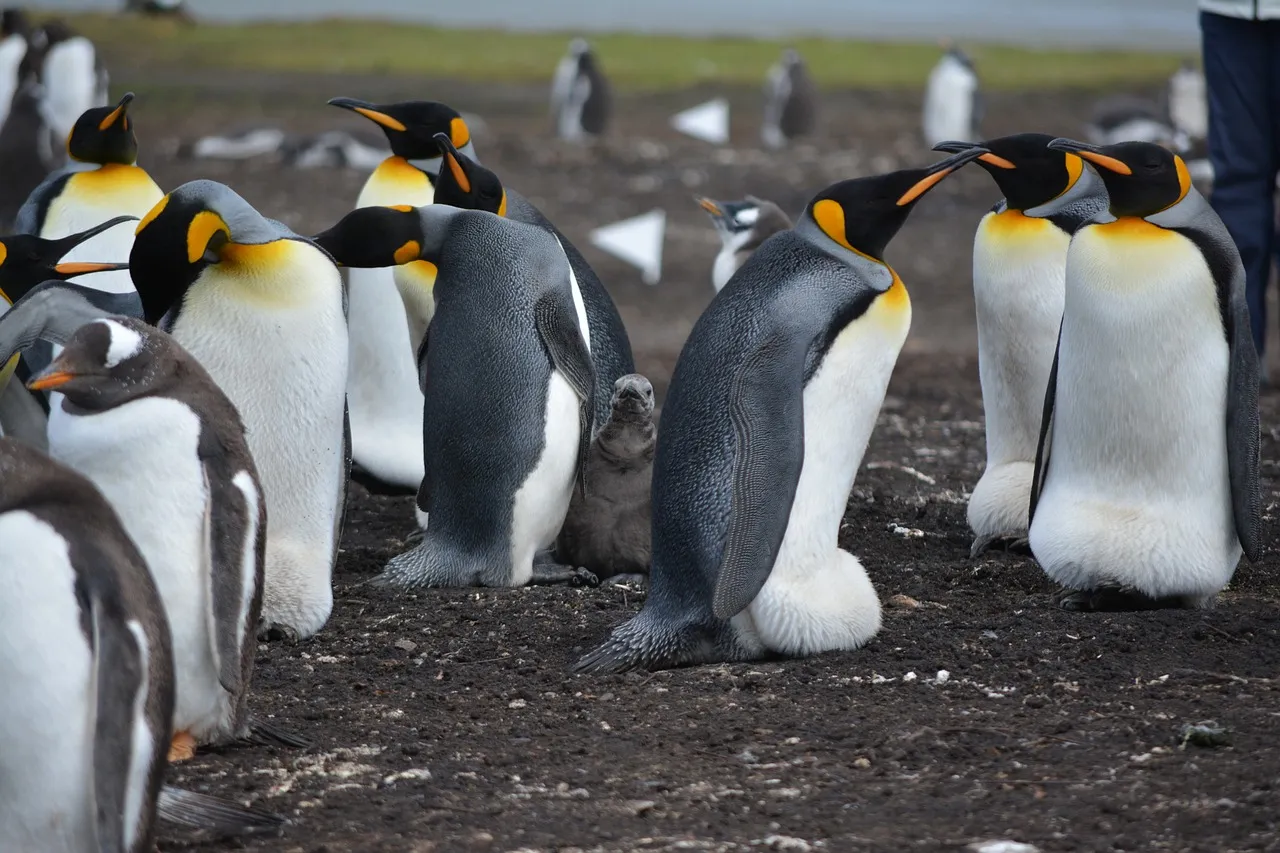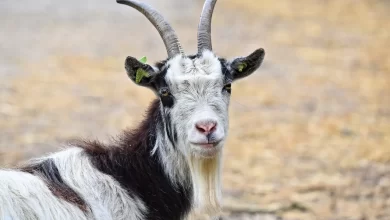Penguins are birds that live primarily in the cold regions of Antarctic islands. The word or name “penguin” is derived from two words: “Pen” means “Head” and “Gwyn” means “White.” Penguins are flightless birds, which means they cannot fly in the sky. Instead, they use their wings to fly or swim quickly deep within the seas and oceans. So take a look at these 44 fascinating facts about this cute creature.
- Penguins cannot taste fish as they have a limited palate and can only taste sour and salty.
- There are over 16 species of penguins, out of which some are Macaroni, Gentoo, king, the little penguin, Chinstrap, and Emperor. Out of these sixteen species, six are found in Antarctica only.
- No penguins live in the north pole.
- The emperor penguin is the heaviest and tallest species among all penguins. The male and female emperor penguins are almost the same in size and can be about 122 cm (48 inches) in length, and can weigh from 22 to 45 kg (49 to 99lb).
- Most penguins swim at 4 to 7 mph(6.4 to 11.2 Km/hr.), but the fastest penguin among all species is the gentoo penguins which can reach top speeds of up to 22 Mph (35.5 Km/hr).
- The average speed a penguin can walk is between 1.7 mph to 2.5 mph. The penguins use twice the energy when compared to other animals of the same size.
- Emperor penguins are the deepest divers in all the penguin species. On average, they dive between 100 to 200 meters(328 to 656 ft), while the deepest dive by the species ever recorded is about 565 meters (1853 ft).
- Penguins can not fly but can jump as high as 9 feet (3meter) in the air.
- The male penguins when fall in love with a female penguin. They search all the beach or area just to find a perfect pebble to give her as a present.
- In the past 20 years, the Erect-crested Penguin has lost about 70 percent of its total population. After the 1970s, the Galapagos Penguin has lost more than 50 percent, and in this century, their chance of becoming extinct is about 30 percent.

- Pollution, destruction of habitats, poaching from humans, commercial fishing, oil mining, algae blooms, and global warming are the most common threats to all penguin’s survival.
- Penguins are not sexually dimorphic, which means that males and females are very much look alike.
- They often slide on their tummies over snow and ice, which is called tobogganing. Scientists believe they do this for traveling efficiently and for fun.
- Penguins are complete carnivores birds and like to eat only meat. They usually feed on Squids, fish, and Krill.
- Just like other birds, penguins do not have teeth. Instead, they have backward-facing fleshy spines inside their mouths. These spines help them to grab fishes and other meat meals.
- Its been seen that some penguins swallow pebbles and stones. This helps penguins grinding and digesting up the food they eat. The stones also allow them to add some extra weight and dive deeper.
- Penguins use a lot of time in caring for their feathers. If they do not care for their feathers, they will not stay waterproof. They even oil their feathers which are extracted from a special gland near their tail feathers.
- The macaroni penguins are the most numerous penguin species, with about 18 million individuals.
- Penguins are among the most social in all bird kingdom. All the species of penguins are colonial. They may feed and swim in groups, but some may be solitary when diving for food. Emperor penguins have been observed diving in coordination and feeding in groups.
- Their average body temperature of penguins is about 39 °C (102 °F).

- The emperor penguin species breeds in the coldest environment as compared to any other bird or penguin species. They breed in air temperature reaching − 40 °C and with wind speeds blowing at about 144 km/h(89 mph).
- The emperor penguins are the fifth heaviest bird in all bird kingdom weighing about 22 to 45 kg (49 to 99 lb) and reaching 122 cm (48 in) inches.
- Most penguins reach the age of maturity by the age of three to eight years.
- Emperor penguins tend to have the longest and uninterrupted incubation time compared to any other bird, with about 64 to 67 days.
- The mating time of penguins is mainly during the summers and spring. The egg incubation varies from species to species and could be from 1 month to 67 days. The emperor penguin species are the only penguin species that breed in Antarctica’s harsh winters.
- They can not breathe when underwater and can hold their breath for more than 10-15 minutes. Then they have to come to the surface of the water to breathe.
- The king penguins are second-most largest in terms of size, just after the emperor penguins. They can be 3 feet tall and can weigh around 15 kg (35pounds).
- King penguin species form big breeding colonies with up to ten thousand penguins in each colony.
- The little penguin (Eudyptula minor) is the smallest of all penguin species. It grows to an average size of about 33 cm (13 in) in height and 43 cm (17 in) in length. They can weigh anywhere around 1.5 Kg. They live in the warm waters of South Australia, New Zealand, and Tasmania.
- Penguin’s eyes are short-sighted on land but work very well when underwater.

- Mostly all species of penguins lay about two eggs in a year. Only the emperor species of penguins lay one egg. The two-parent penguins give their warmth on their eggs, turn by turn withholding them under their legs. Only the emperor penguins do not share incubation duties with their mates.
- The big and large penguins tend to live in cool and chilly temperatures. At the same time, penguins of small size live in comparatively hot and tropical temperatures.
- The oldest known fossil of penguin ever found was of Waimanu manneringi species. The fossil was found in southern New Zealand in 1980, and according to researchers, it’s about 62 million years old.
- The penguins have arteries in their legs that can adjust the flow of blood based on the temperatures they are living in. These arteries restrict the flow of blood when the temperatures are cold and help them to stay warm.
- Penguins are able to drink salty seawater. They can do this with the help of a special gland known as the supraorbital gland, which filters salt from their bloodstream.
- Emperor penguins are the longest fasting birds as they do not eat for about 115 days during their chick’s hatching or incubation period.
- A group of penguins in water is called a ‘raft,’ a group of penguins on land is called a ‘waddle.’ Other collective nouns for penguins include rookery, colony, and huddle.
- When on land, the group of penguins is called a ‘waddle,’ when in water is called a ‘raft.’ Whereas a group of penguin’s babies is called creches.
- Penguins typically have no fear of humans and often approach groups of people. This is because they do not have any land predators in Antarctica.

- The yellow-eyed penguins are the rarest species of penguins on the planet; they are found in south new Zealand and sub-Antarctic islands. Its believed that about 3200 to 3600 total yellow-eyed penguins are left in the wild, comparable to 7000 in the year 2000.
- Penguins’ lifespan varies according to their species, but most penguins species live up to 30 years. In contrast, the little blue penguins have the shortest lifespan of up to six years.
- Penguins are perfect caring parents and have lifelong, loving relationships with their partners. However, they do cheat on their partners and get engaged in homosexual acts with other penguins. The mothers even kidnap other penguin’s chicks.
- The penguins have two ears located on each side of their heads and can hear quite well. According to a study, African penguins can listen to a range of 100 to 15000 Hz with a peak sensitivity of 600 Hz to 4000 Hz.
- According to a study of 2018, over 12 million penguins are living in the icy continent of Antarctica. At the same time, about 40 million of these flightless birds are living in the southern hemisphere.






